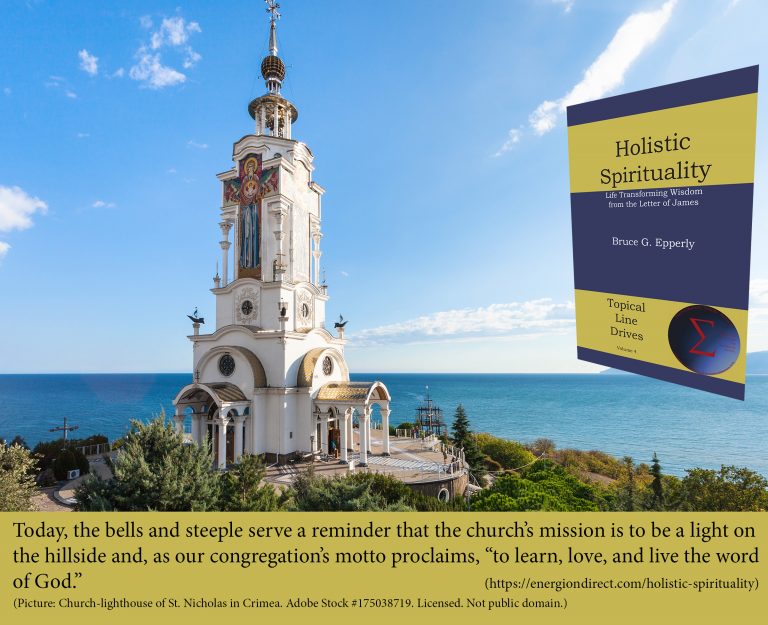Search for the Historical Simon Peter II
This post continues from this one and is part of my series blogging through Ben Witherington’s book What Have They Done with Jesus?
This chapter continues the theme of the previous chapter. Witherington is creating profiles of the various claimed eyewitnesses in the New Testament and then using them to tell us about Jesus. With certain assumptions, this isn’t a bad plan. It makes for engaging reading. The problem for me is that I don’t accept all of the assumptions he uses, and without those, the procedure can look fairly silly.
If I’m not convinced on the face of it that the book of Matthew, for example, is a totally reliable witness to the life of Jesus, then how will I be convinced that I know Peter based on that book, and that I can rely on the testimony of this “Peter reconstruction” to establish facts about Jesus.
I should make one proviso here. Witherington has a number of chapters, most of the book, to go, and may do a better job of establishing the historical basis for accepting the source documents as reliable. I simply don’t see that he has done so yet.
To illustrate my point, let me refer to pages 82-87 which discusses the incident with Cornelius. Early in this process Witherington makes this statement:
… We can pretty much rule out the possibility that he made it up: it is hard to imagine Luke, who idolized and was a one-time companion of Paul, making up a story about Peter being the first missionary to the gentiles. … (p. 83)
Now I see several problems here. Witherington makes the assumption that Luke-Acts was written by the companion of Paul, which implies a certain interpretation of the “we” passages in Acts. That’s a good possibility, and I’m inclined toward it myself, but it is not a consensus position. But then he makes the assumption that Luke would want to make Paul the initial apostle to the gentiles. I think even if the first assumption is good, Luke (whoever he was) shows that he wants to connect Paul more closely with the Jerusalem church than Paul does himself. What better way to legitimize Paul’s mission than to claim that Peter actually opened the door?
I see a much more favorable view of Jerusalem in Acts than there is in Paul’s epistles, and this would suggest that whether or not Luke idolized Paul (an uncertain statement), he apparently also wanted to present Paul as being on good terms with the Jerusalem church.
There is a subtheme of these chapters that I do appreciate a great deal, and that is the place of women in the early church. Luke-Acts is a good place to find this theme presented. One shouldn’t be surprised that we occasionally have to read between the lines. For those who pay attention it is clear that Luke is giving a greater place to women and to non-Jews. Witherington tracks this theme very carefully.
My negative comments should not be taken as meaning I’m not enjoying the book. Witherington writes quite well and it’s very interesting following his logic. As a presentation of one way of providing a profile of Jesus, it’s quite good and thorough. Thus far it has been instructive and interesting.
